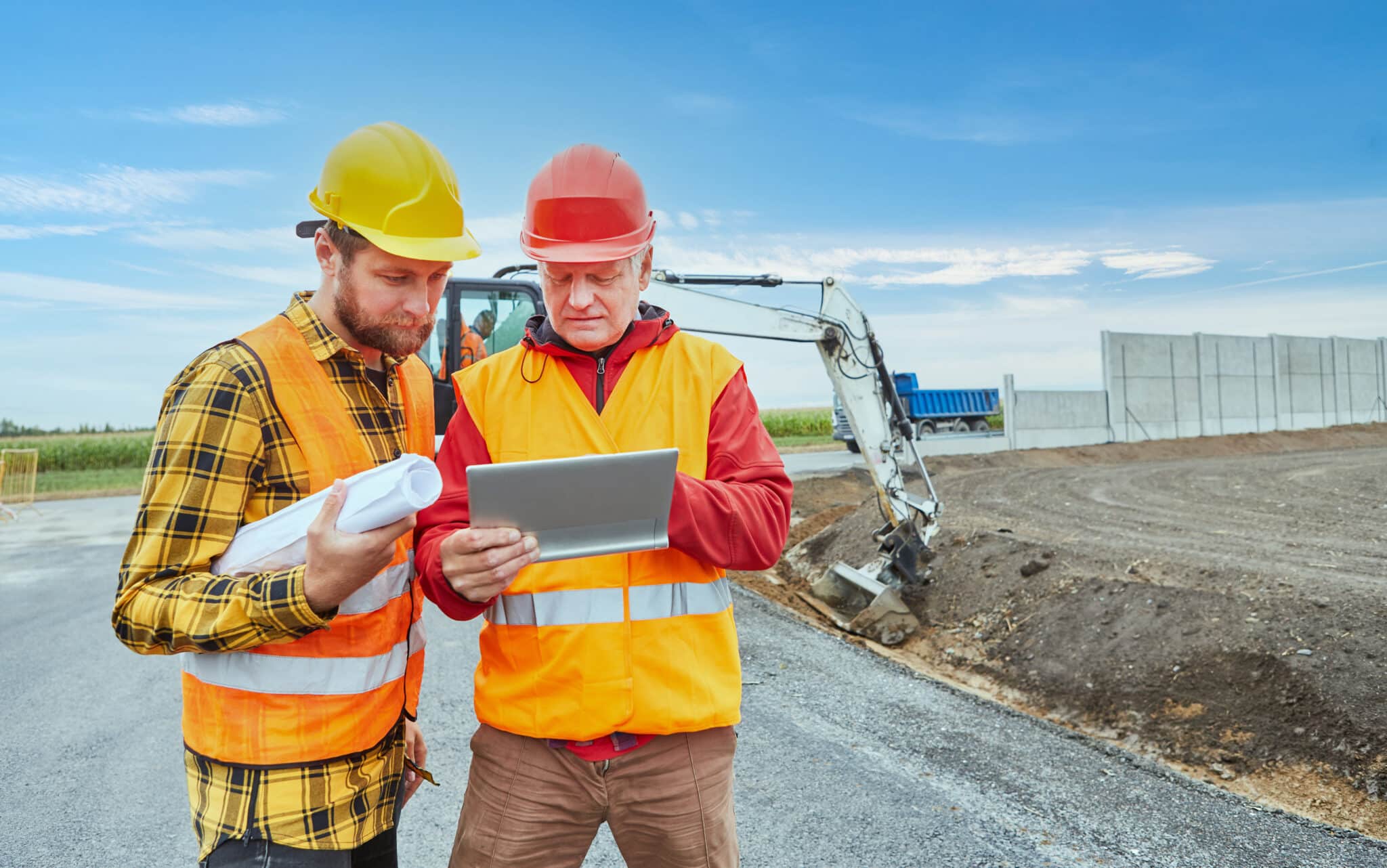Junte-se a nós neste webinar criado para explicar como é possível usar dados de gravidade e resistividade para mapear cavidades subterrâneas e zonas de baixa densidade.
Os dados de resistividade são invertidos no Res2dinv, e os dados de gravidade são processados usando o Oasis montaj e invertidos usando o VOXI. Vamos correlacionar os dois resultados com dados de furos de sondagem modelados no Leapfrog.
Várias iniciativas de pesquisa mostraram como os métodos para uso de dados geofísicos podem ser usados para identificar e caracterizar vazios e solapamento próximos à superfície. Geralmente, a adequação de um desses métodos para essa aplicação depende da forma, do tamanho e da profundidade do vazio, incluindo o material que o preenche. Durante o webinar, usamos geração de imagens de resistividade elétrica (ERI, Electrical Resistivity Imaging) e gravidade do solo para mapear os vazios e as cavidades que podem ter se formado em decorrência de solapamento.
Explicamos as características únicas das áreas solapadas e cheias de água observando a menor densidade e resistividade elétrica além dos vazios cheios de ar, que geralmente são caracterizados pelo aumento da resistividade elétrica. Também falamos sobre os vazios associados ao solapamento do carvão, conhecidos por serem frequentemente preenchidos por água ácida de mina, que os torna condutores e que contêm uma assinatura de baixa resistividade.
No fim do webinar, você será capaz de:
- Escolher uma técnica aplicável para dados geofísicos
- Use um fluxo de trabalho integrado que inclui o Oasis montaj, o Res2dinv, o VOXI e o Leapfrog Geo para delinear cavidades com eficácia.
- Compreender os resultados de sua pesquisa e aplicá-los de forma eficaz para delinear possíveis cavidades.
Visão geral
Palestrantes
Victor Mapuranga
Geofísico, Seequent
Duração
43 minutos






